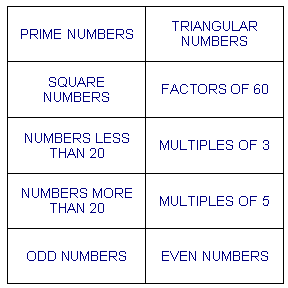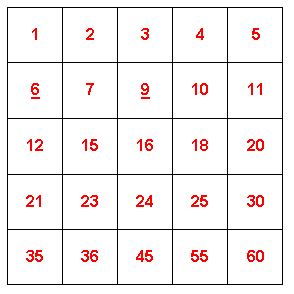I like the idea of a ticket system whereby students can use tickets to leave class when necessary and can also get rewards for unused tickets at the end of each quarter. In the past I have set up this system with students only to have it fall apart at the beginning of the second quarter when I did not have a new set of tickets to hand out and/or did not give students the opportunity to redeem unused tickets.
This year I gave students a tear off sheet for the entire school year that they taped into the back of their math journal. Math journals are required every day and are stored in the classroom, hence students should have ready access to these tickets at all times. There are twelve tickets in total--three for each marking period. I think this is a reasonable amount for the entire school year if students are leaving class only for emergencies.
Instructions on Tear Off Sheet:
"Our math class is very short and our time to learn together is precious. Please use passing time or lunchtime to use the restroom or water fountain or get supplies from your locker. I understand that sometimes there are emergencies and so please save these "tickets" for those circumstances (three per marking period). Please keep this sheet in your math journal so that is available whenever you need to leave the room. After asking for permission to leave the room, tear out one "ticket" and place it in the piggy bank at the sign out table where you must also record your name, destination and time before you leave the room. Any unused "tickets" can be redeemed for 𝝅 Dollars at the end of each marking period (up to three per marking period)."In general students have been very cooperative about this system. When students ask to leave class, I usually ask if it is an emergency and then give permission if necessary, reminding them to "use a ticket." For me this is finally a sustainable low maintenance classroom management system that also reduces the number of requests to leave class and the loss of classroom instructional time.
Here is a link to the document: Pass to Leave Class Tear Off Sheet Blog Version

























